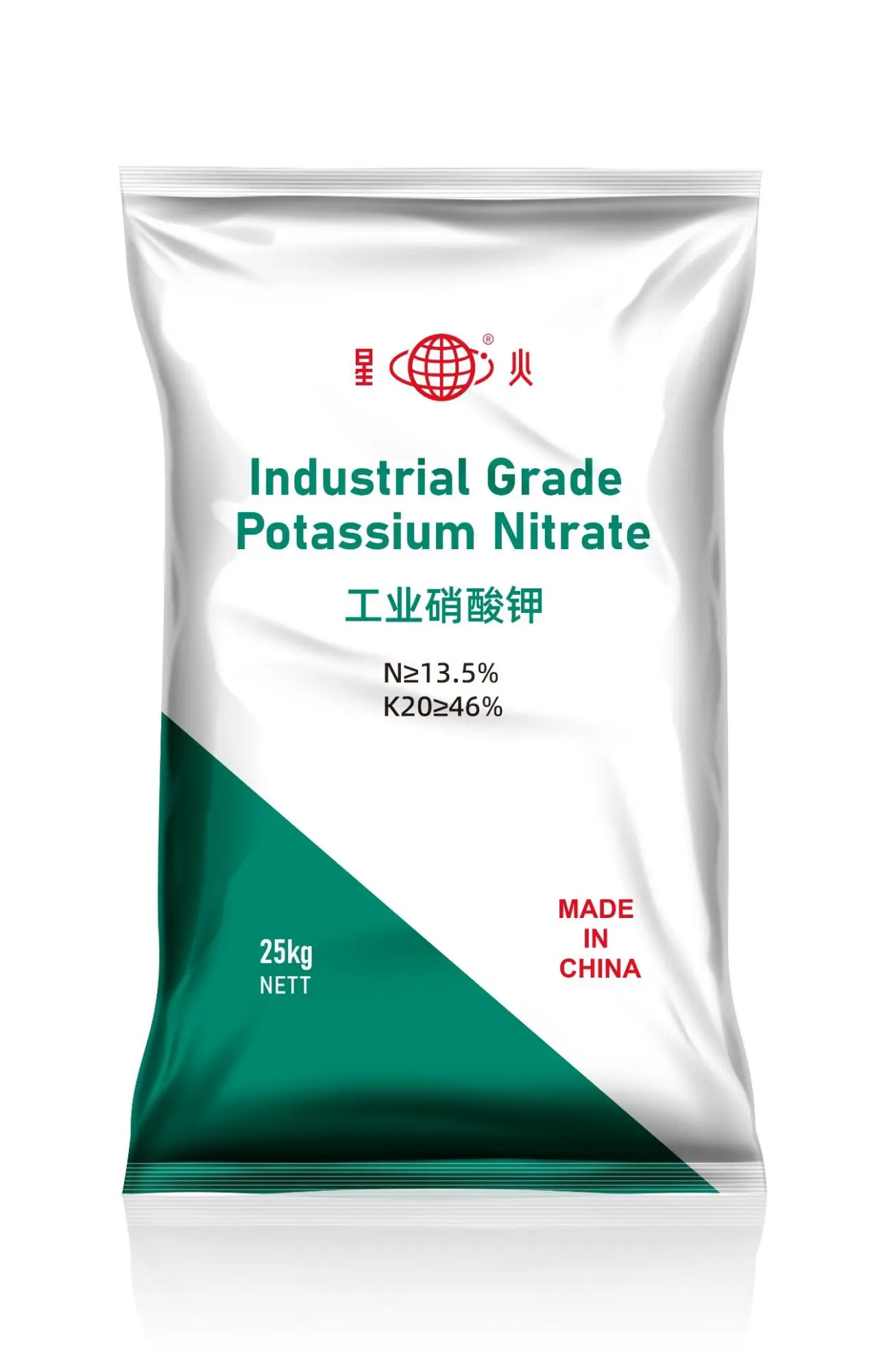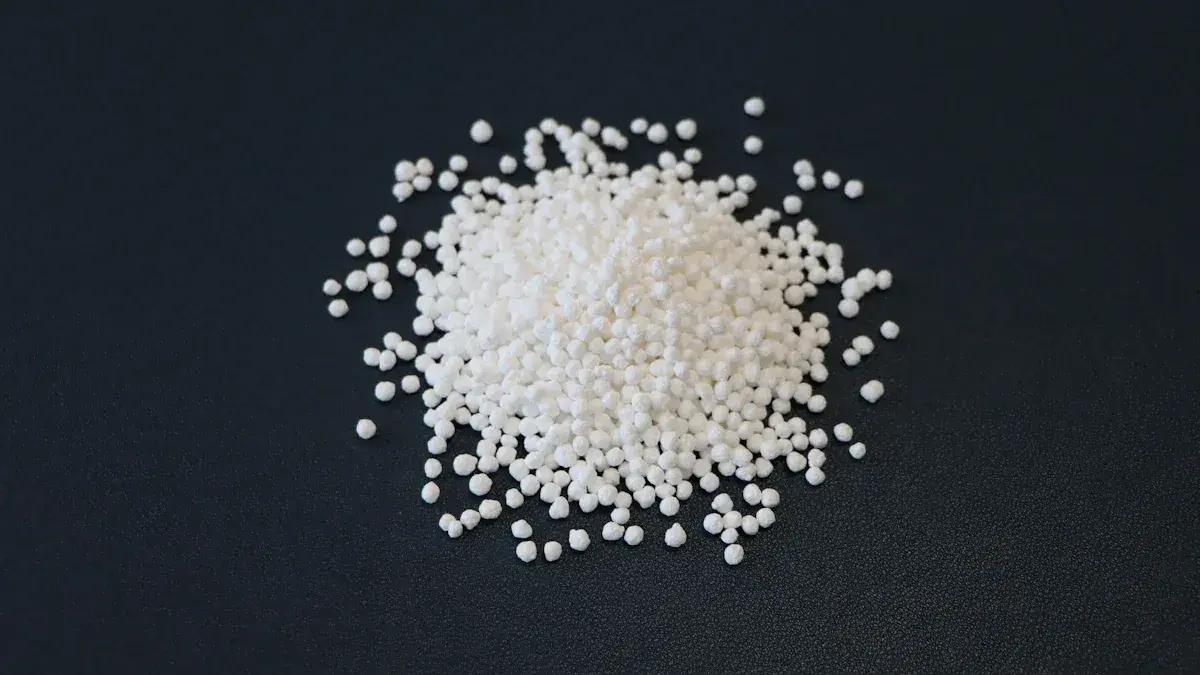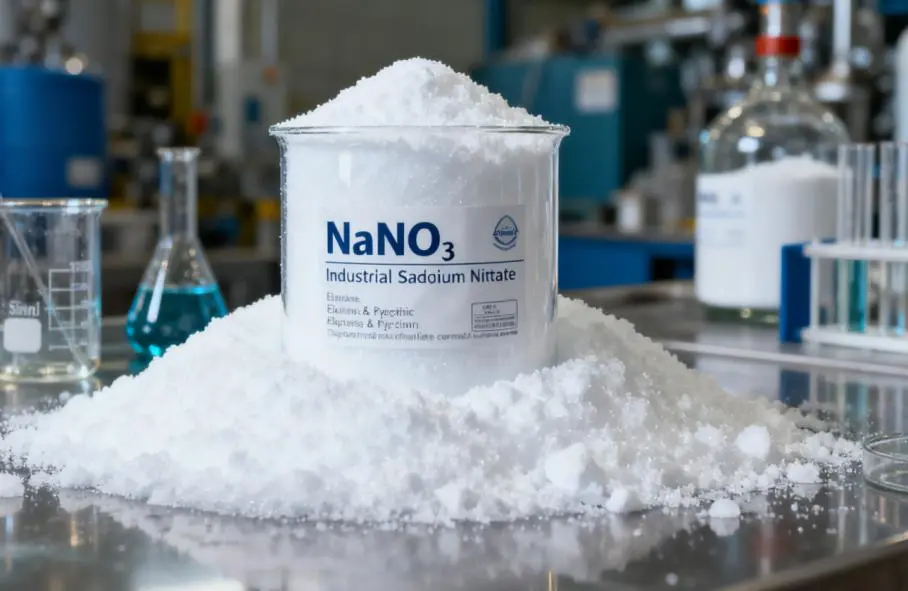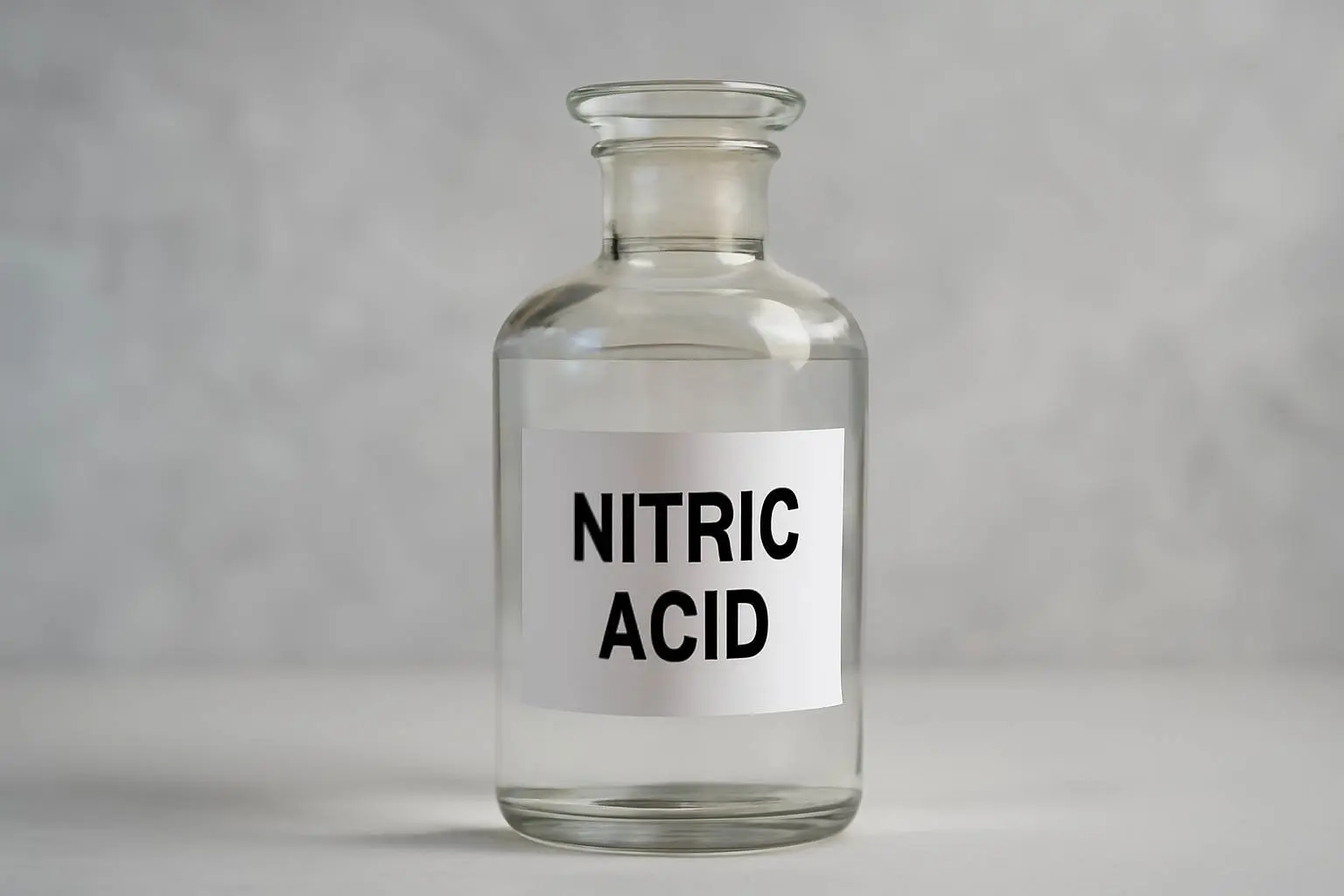Nitric Acid: The Unsung Hero in Environmental and Water Treatment
Solutions
Amidst globally escalating environmental requirements, the chemical industry faces dual pressures from technological innovation and regulatory compliance, nitric acid (HNO₃) emerges as a versatile yet underappreciated asset in purification technologies. From neutralizing toxic wastewater to recovering rare metals, this mineral acid is driving innovations that balance ecological stewardship with industrial efficiency.
Established in 2009, Henan Yongchang Chemical Co., Ltd. has accumulated extensive expertise in manufacturing chemical raw materials and products, backed by a registered capital of RMB 80 million. Current intellectual property records confirm its ownership of multiple patents and trademarks, demonstrating robust R&D capabilities and market competitiveness.
Global Breakthroughs Spotlight
Florida’s Decentralized Wastewater Revolution
Lake County, Florida, has deployed Distributed Wastewater Treatment Systems (DWTS) using HNO₃-based units on private properties. These systems remove 88% of nitrogen pollutants at half the cost of traditional sewer plants, preventing 2,000+ lbs of nitrogen from contaminating springs annually. Homeowners benefit from zero-maintenance installations while protecting fragile aquatic ecosystems.
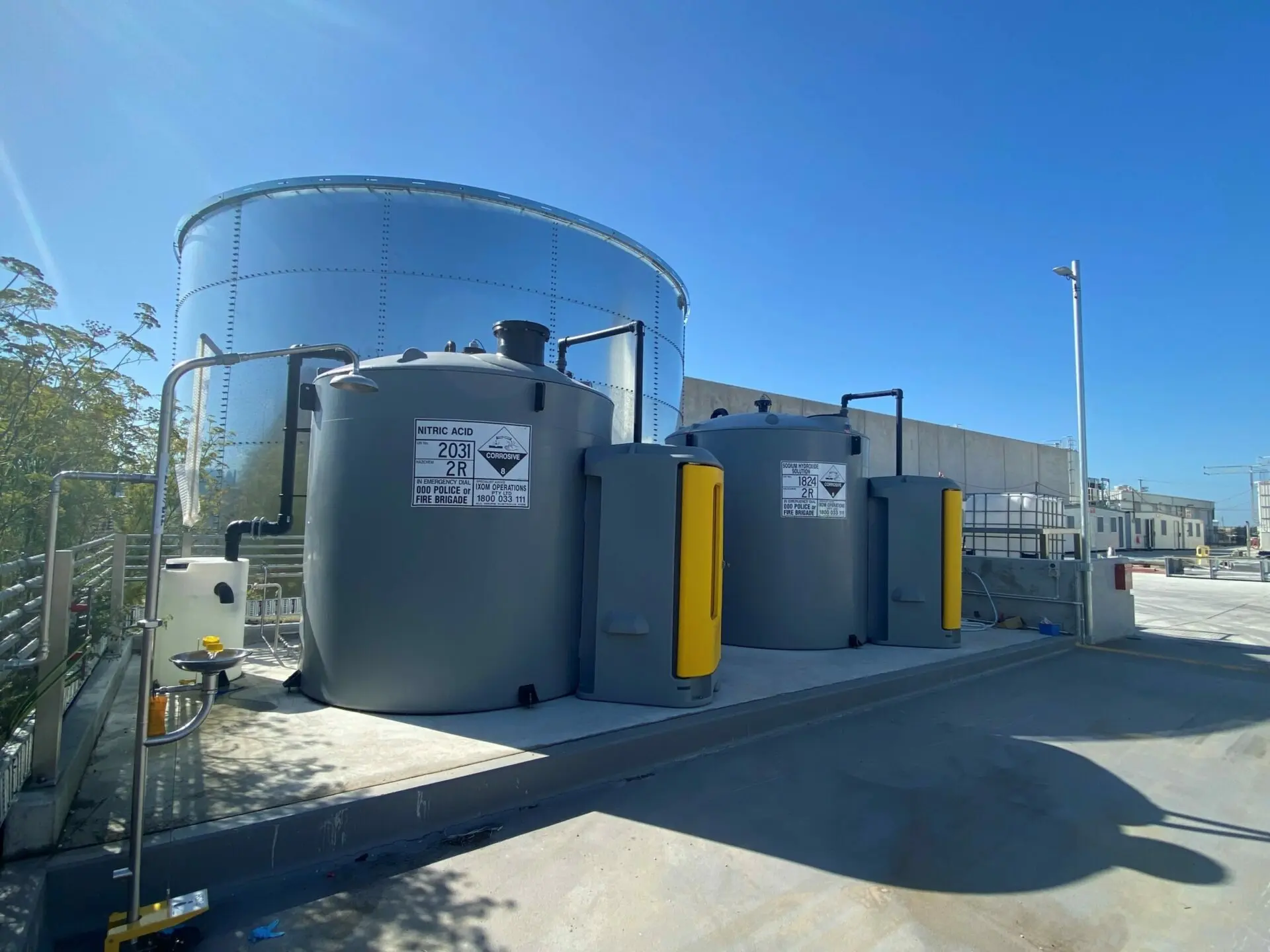
Antwerp’s Industrial Water Circularity
In Belgium’s Port of Antwerp, 12 chemical giants (BASF, ExxonMobil, etc.) launched the CHERISH₂O project, using HNO₃ to purify and reuse industrial wastewater. This €730,000 initiative aims to replace drinking water in manufacturing, aligning with the EU’s 2040 zero-water-waste target.
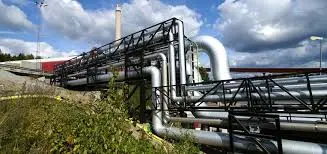
Cutting-Edge Applications
Heavy Metal Neutralization
Canadian researchers developed magnetic biochar (KOH-MBC) by co-pyrolyzing red mud waste with biomass pretreated with HNO₃. This material removes 100% of copper and lead from contaminated water at CAD $15.47/kg—1/3 the cost of conventional adsorbents.
Drinking Water Safeguards
Central Iowa’s water treatment facility has operated for 63 consecutive days in 2025 to remove nitrates from the Raccoon River. While HNO₃ isn’t directly used here, its role in oxidizing iron/manganese prevents similar crises by reducing pipe corrosion and biofilm.

Air Pollution Control
Chinese scientists boosted activated carbon’s NOx removal efficiency by 85% via nitric acid hydrothermal treatment. The modified carbon catalytically oxidizes NO at room temperature for over 400 hours—critical for urban air scrubbers.
Advantages & Innovations
| Benefit | Case Example | Impact |
| Oxidation Power | Degrades phenols in textile wastewater | 40% lower dosage vs. organic peroxides |
| Precision pH Control | Neutralizes alkaline mining effluents | ±0.2 pH unit accuracy |
| Resource Recovery | Extracts rare earths from e-waste | 30% resin lifespan boost in desalination |
Challenges & Mitigation Strategies
Corrosion: Florida’s DWTS uses PTFE-lined reactors to prevent acid damage.
NOx Emissions: Advanced Oxidation Processes (AOPs) with UV/TiO₂ reduce emissions by 90%.
Cost: Closed-loop systems recycle 60% of waste HNO₃ via diffusion dialysis.
Market Outlook
The environmental HNO₃ market is projected to grow at 6.2% CAGR through 2030, driven by:
Water-stressed regions adopting decentralized treatment (e.g., Botswana’s solar-powered plants).
Circular economy policies like the EU’s “Zero Pollution Action Plan”.
Metal recovery demand—Kuwait’s biodegradable NTA leaching recovers 93% nickel from industrial catalysts.

-
Expert Insight
“Nitric acid bridges waste valorization and pollution control. From red mud-based biochar to phosphorus recovery, it enables industries to turn liabilities into assets.”
— Dr. Elena Rodriguez, UNESCO Water Security Chair
International News Digest
| Region | Project | HNO₃ Role |
| Canada | Red mud-biochar production | Pretreatment for heavy metal adsorption |
| China | Activated carbon modification | Enhanced NOx catalytic oxidation |
| Belgium | CHERISH₂O industrial water reuse | Purification of chemical effluents |
| Botswana | Solar desalination in Sojwe | Nitrate removal from boreholes |
Towards a Water-Secure Future
As droughts intensify from Iowa to Singapore, nitric acid’s dual role in detoxifying water and enabling resource circularity positions it as a cornerstone of sustainable industry. With green chemistry innovations neutralizing its ecological footprint, HNO₃ is poised to help achieve the UN’s SDG 6—ensuring clean water for all without compromising planetary health.


